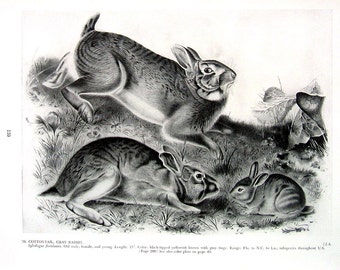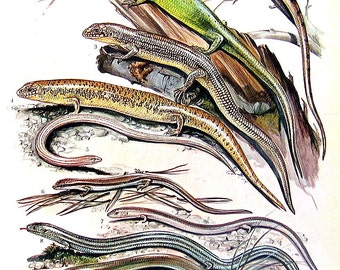

However, recent studies by specialists trained

bursarius has been considered one wide-ranging but morphologically variable species that wasĭistributed over most of the Great Plains and south-central United States, including Not appear on the federal or state lists of concerned species. The IUCN lists the plains pocket gopher as a species of least concern, and it does The plains pocket gopher is common in the north-central and western portionsĬONSERVATION STATUS. On small areas by trapping and on large ones by placing poisoned grain in their burrows. Population density of record is 17.6 per hectare. The average populationĭensity in eastern Texas is about 3.2 plains pocket gophers per hectare. Of damage is closely associated with the number of animals. In farming regions, these rodents can be destructive to crops and orchards. As a result of the protection offered by the burrow, pocket gophersĪre long-lived relative to many other rodents, insectivores, and lagomorphs, living Those mentioned above, include coyotes, skunks, domestic cats, hawks, owls, and several When a pocket gopher leaves its burrow, however, it is highly vulnerable,Īnd most predation losses probably occur on the surface. Other than those that are specialized for digging, such as badgers and long-tailed
Plains pocket mouse estimated population full#
They remain with their mother until nearly full grown and then are evicted to leadĪs long as they remain in their burrows, pocket gophers are relatively safe from predators The young are nearly naked, blind, and helpless at birth. One litter a year, or two in quick succession, appears to be the norm. Have eaten white grubs, small grasshoppers, beetle pupae, and crickets however, earthwormsīreeding begins in late January or early February and may continue through November. Pouches are used to carry food and nesting material but never dirt. Grazing of food present along burrow walls probably also occurs. Most plant food is encountered and ingested while the gopher digs, but some These rodents feed on a variety of plant items, chiefly roots and stems of weeds and Numerous galleries, a nest chamber, a latrine, and food storage chambers. The female that occupied this mound weighed 150 g. One was 2 m long, 1.5 m wide, 60 cm high, and weighed an estimated 360 kg. Pocket gophers expend a substantial amount of energy burrowing,Īs is evidenced by the size of the huge winter mounds they make in poorly drained Teeth, shoves the loose earth ahead of it with its chin and forefeet, and uses the The gopher digs with its front claws and protruding The opening through which the earth is pushed The average mound constructed by these pocket gophers is about 30 × 45 cm, about 8Ĭm in height, and crescentic in outline. Only one adult plains pocket gopher normally occupies a single burrow Is particularly noticeable under oak trees that have dropped a good crop of acorns.īurrows have been examined that extend >100 m (>328 ft.), excluding the numerous short In many instances because the tunnels meander throughout a large feeding area. The underground galleries attain labyrinthine proportions The surface was 14 cm, with extremes of 10 cm and 67.5 cm. The averageĭiameter of 40 burrows examined in Texas was nearly 6 cm the average depth below Overland although may do so when dispersing from the maternal territory. These gophers live most of their solitary lives in undergroundīurrows, coming to the surface only to throw out earth removed in their tunnelingĮfforts and occasionally to forage for some items of food. This pocket gopher typically inhabits sandy soils where the topsoil is >10 cm. Grayson, Dallas, and McLennan counties in the east. Northwestern and north-central Texas, south to Midland County in the west and to Weight of males, 180–200 g of females, 120–160ĭISTRIBUTION. Averages for external measurements: total length,Ģ36 mm tail, 65 mm hind foot, 31 mm. Long, curved claws are present on the front feet for digging the claws on the
Plains pocket mouse estimated population skin#
The ears are very rudimentary, represented only by a thickened ridge of skin at theīase.

To the tail, widening a little at the thighs. The body is thickset and appears heaviest anteriorly, from which it gradually tapers DESCRIPTION. These are medium to small-sized, dark-brown gophers with large, fur-lined cheek pouches.


 0 kommentar(er)
0 kommentar(er)
